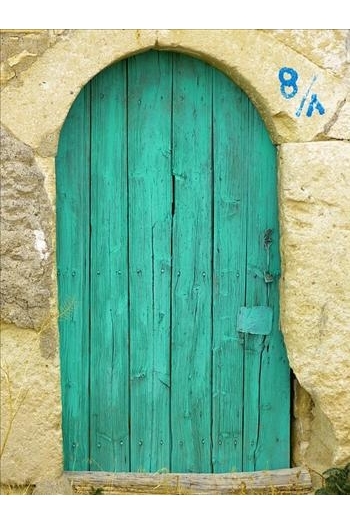What's behind the door?
Duration/age

When you are out have you ever stopped to look at the front door of a shop or house and wondered what might be inside? You could play ‘I wonder’ or guessing games with your child to try and work out what is inside.
Sometimes it is easy to tell what is behind the door as the door is made of glass and you can see through the door. Other times it might have writing or a picture that tells you what is inside. Often it will only have a number and that doesn’t give you a clue whether it is a home for a family, a business or a shop.
Which doors will you stop at and wonder at? Will it be a door that is brightly coloured? Maybe it might be the door that has your favourite number on it?
What is your favourite number? Do you think we’ll find it today?
Skills this activity improves
Why does this matter?
Stopping and looking at objects as you are out and about helps children to develop observation skills and to develop the language to describe what they see.
Observing differences such as colour, shape, size and patterns helps children to classify objects into different groups. When children are able to group and sort objects it helps them to know what to do with it and how to use it.
What does this lead to?
Keen observation skills will help children when they are learning to read. Often letters can look similar or the same and it is only when you look closely that you see that they are not. Noticing the difference in a letter can change the meaning of the word and can change the meaning of a sentence.
Language to use
- Red, yellow, blue, brown, black, coloured, plain, clear
- Wood, glass, metal
- Number, letter, writing
- Door handle, doorknob, knocker, mail slot
- Shop, house, business
Questions to use
- What kind of door will we look for today?
- Do all doors have a number of them?
- Can you post the letters through the door?
- Can you see through all doors?
- Are the doors of shops different to houses?
- Why would a door have writing on it?
Useful tips
Remember to talk to your child in your home language.
More ideas
- Make a bingo chart and mark off the numbers you see along the way.
- Take photos of the doors on your journey and make a book about what you see.
Variation by age
Three to five year olds
- Talk about the order of numbers as you walk down the street.
- Count how many different colours you can find.
- Write down the different words that you see along the way.
Questions to ask
- What kind of door will we look for today?
- Do all doors have a number of them?
- Can you post the letters through the door?
- Can you see through all doors?
- Are the doors of shops different to houses?
- Why would a door have writing on it?
Language to use
- One, two, three, four, five
- Red, yellow, blue, brown, black, coloured, plain, clear
- Wood, glass, metal
- Number, letter, writing
- Door handle, doorknob, knocker, mail slot
- Shop, house, business


